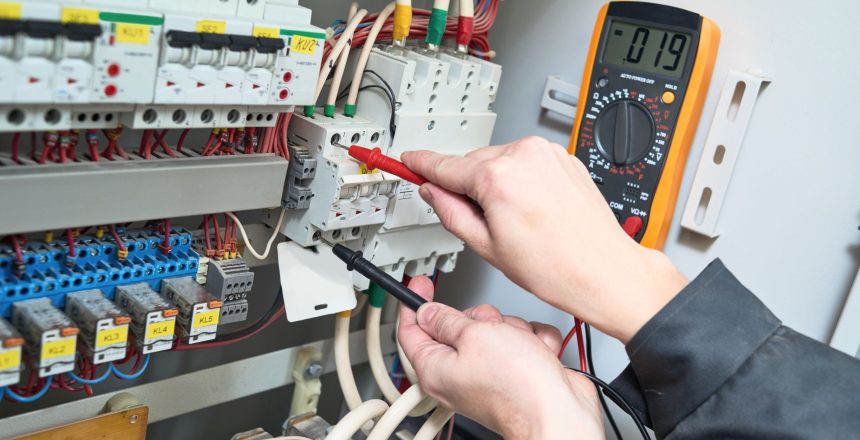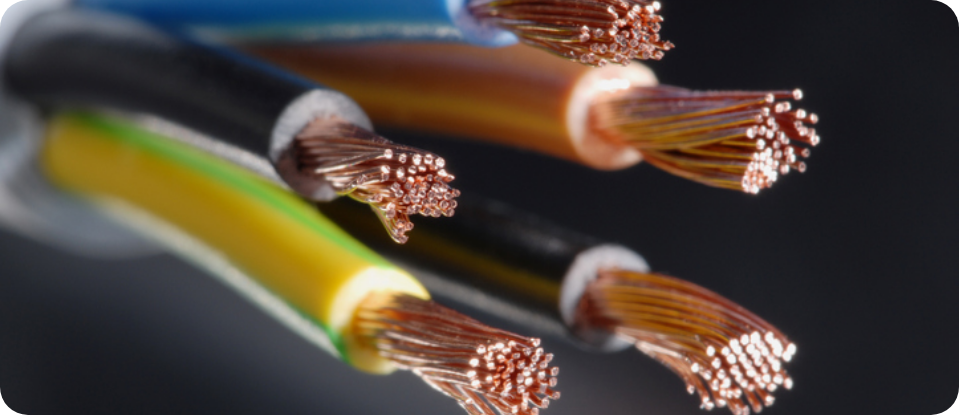In order that we can accurately carry out an Arc Flash Study on a client’s electrical installation we require the calculated prospective fault level at the point of connection with the Distribution Network Operator (DNO). At the start of an arc flash study, we ask the DNO for an up to date calculated fault level for the site. The arc flash equations we use for carrying out arc flash calculations rely on accurate fault level information. There are many variables that affect the arc flash incident energy levels on each piece of equipment on an electrical distribution system. One of the most important variables is the fault level. From our experience, we have seen that sometimes, fault levels that are below the actual fault level can result in an increase in the arc flash incident energy levels on some parts of the network. This is due to the way that protective devices (fuses, protection relays and circuit breakers) behave when exposed to arc flash fault current. Arc flash fault current is not the same as bolted short circuit fault current as an arc has impedance.
Contacting a Distribution Network Operator
We obtain the fault level information by contacting the relevant DNO and ask for the maximum calculated prospective fault level at the point of connection. This all sounds very easy but, sometimes the DNO provides us with a default fault level, which a maximum value, rather than an actual calculated value. We have also had DNOs requesting payment for calculated fault level information.
The Electricity Safety, Quality and Continuity Regulations (ESQCR) require that:
28. A distributor shall provide, in respect of any existing or proposed consumer’s installation which is connected or is to be connected to his network, to any person who can show a reasonable cause for requiring the information, a written statement of—
- the maximum prospective short circuit current at the supply terminals;
- for low voltage connections, the maximum earth loop impedance of the earth fault path outside the installation;
- the type and rating of the distributor’s protective device or devices nearest to the supply terminals;
- the type of earthing system applicable to the connection; and
- the information specified in regulation 27(1),
which apply, or will apply, to that installation.
The ESQCR also require this information to be provided free of charge.
Some DNO’s will deal with the request in a timely manner and supply the calculated level as required but we do come across some DNOs that will only supply the default maximum permitted level and that the calculated level is chargeable. We also find that DNOs can take a long time to provide the fault level information. Delays in getting the fault level information result in delays in completing the arc flash risk management work for our clients. Effectively, this results in personnel being exposed to arc flash risk for longer than they should be.
If we are unable to obtain the calculated fault level, we have to use a default value. This causes us to provide our clients with arc flash incident energy levels that are potentially incorrect leading to the following issues:
- Calculated incident energy levels that are higher than actual levels, can result in client operatives wearing PPE that is rated above what is required. As arc flash PPE can restrict vision, hearing, manual dexterity and in certain situations result in heat stress (in high temperatures) this far from ideal.
- Calculated Incident energy levels that are lower than actual levels, can result in client operatives wearing PPE that is rated below what is required to provide adequate protection. If an arc flash incident were to occur, there is no guarantee, that the PPE being worn in these circumstances, would adequately protect the operative.
We have made the Regulator of the ESQCR aware of this problem. The Health and Safety Executive is the Regulator, and they have assured us that they are taking action to address this issue. In the meantime, we continue to submit formal complaints to DNOs for every instance where they fail to provide us with accurate fault level information in a timely manner. For the safety of our client’s electrical workers let’s hope this situation is resolved as soon as possible.




